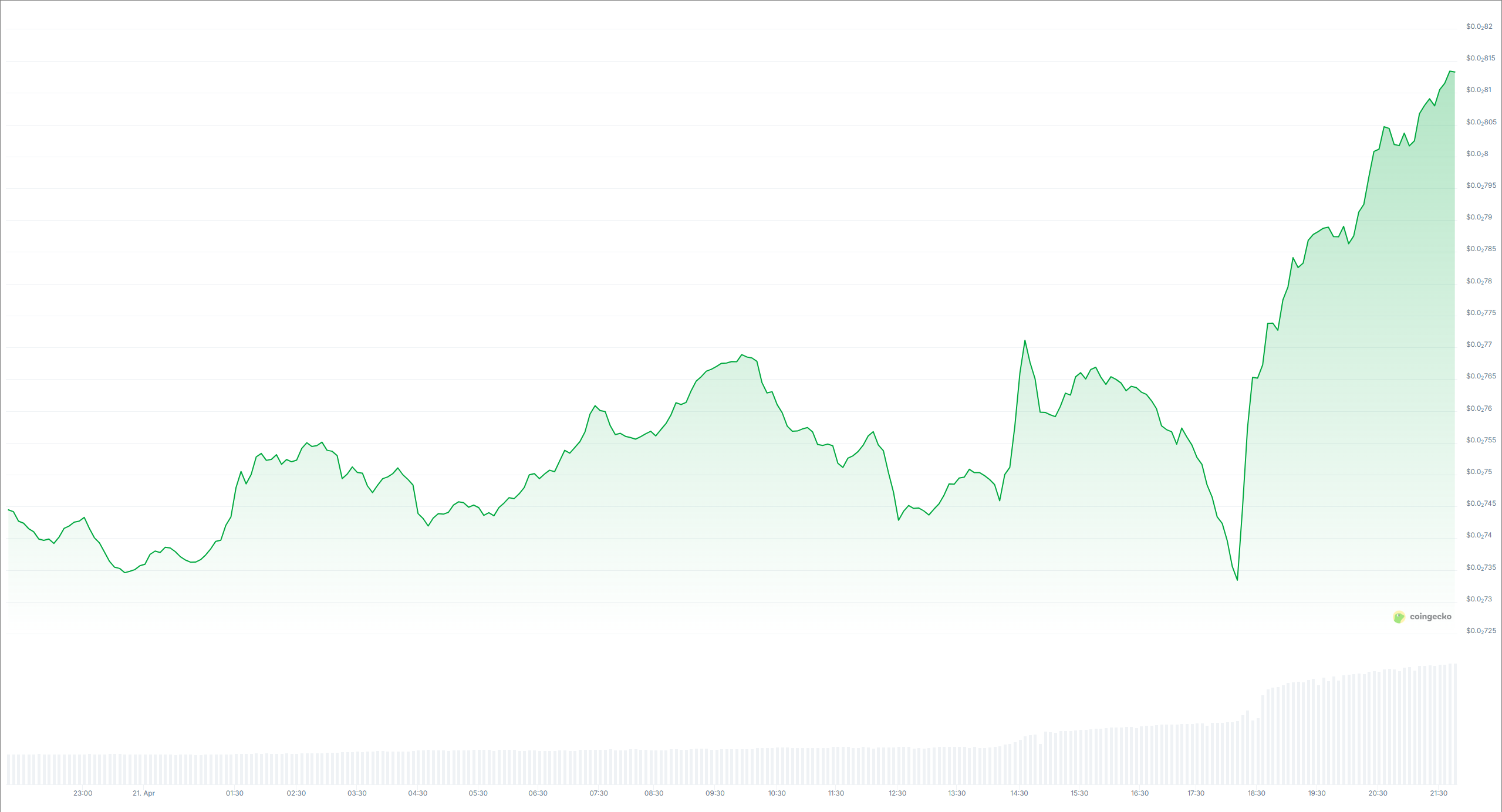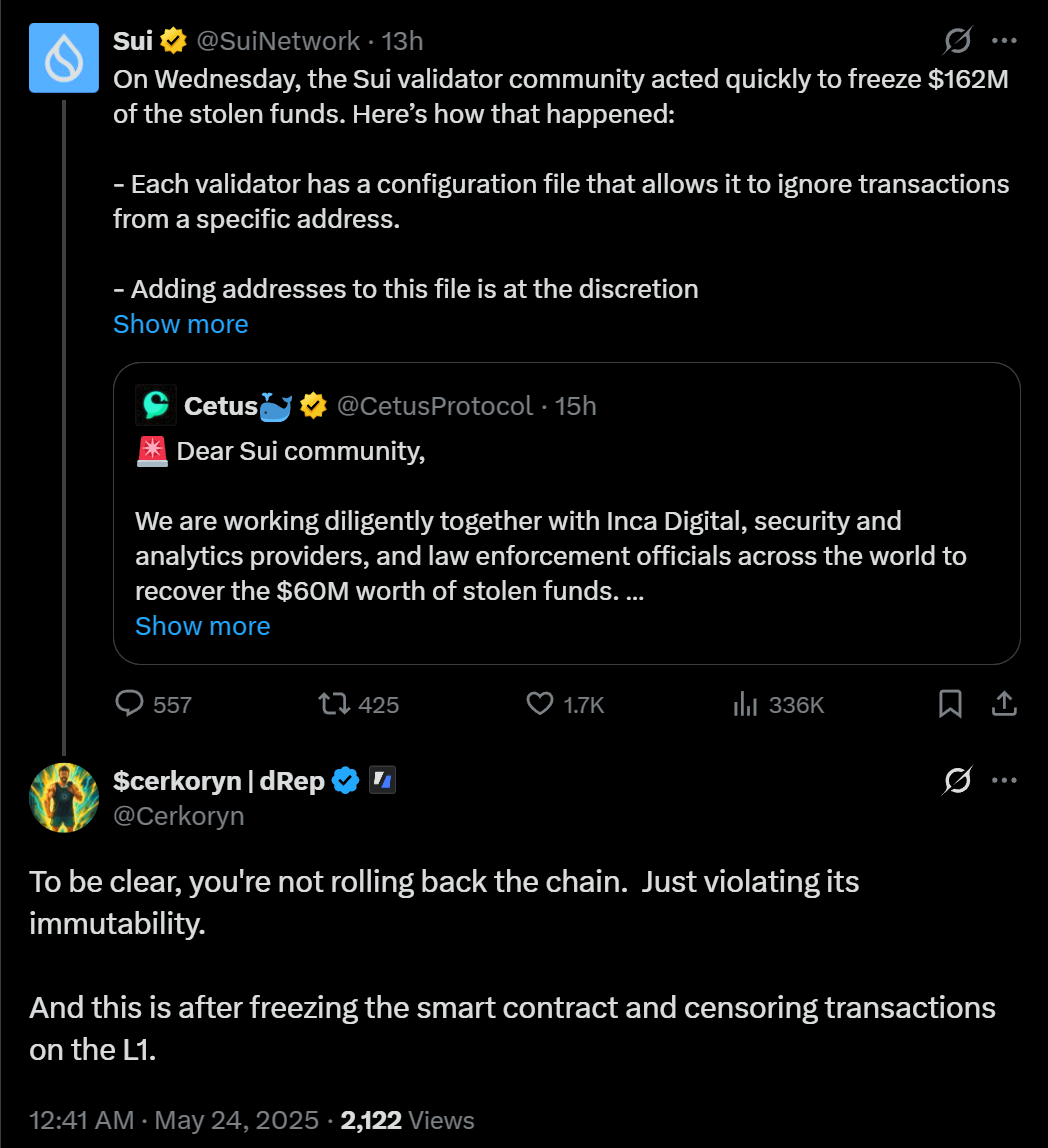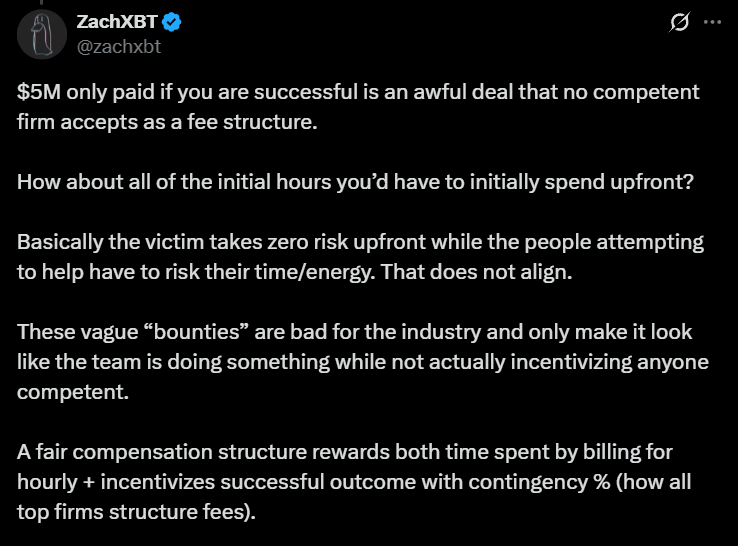President Donald Trump is set to speak at the Digital Asset Summit (DAS) in New York on March 20.
This is the first time a sitting US president will participate in a crypto conference.
Donald Trump to Make Historic Appearance at the Digital Asset Summit
Earlier this month, Donald Trump hosted the first-ever White House Crypto Summit. Although the community wasn’t particularly happy with the developments at the summit, it gave several significant updates on the US Bitcoin Reserve and the government’s current regulatory stance.
Reports indicate that Trump’s appearance may not be live. Some sources suggest he could deliver a pre-recorded message instead.
Either way, this marks the first time an active US president is set to formally address a crypto conference.
“Got some clarity on this — multiple sources on the ground at the DAS Conference tell me President Trump is/was planning to livestream into the conference at some point today or tomorrow to address the crowd. I’m told this may yet happen but could also be done via a taped recoding,” wrote Eleanor Terrett.
The summit will also feature key lawmakers, including Representatives Ro Khanna and Tom Emmer, alongside industry leaders such as MicroStrategy’s Michael Saylor and Ripple CEO Brad Garlinghouse.
Earlier today, Garlinghouse announced that the SEC dropped its appeal and XRP lawsuit against the firm in a landmark decision.
The crypto market has shown signs of recovery this week. Earlier today, the Feds announced that it won’t hold any rate cuts currently. Yet, two more rate cuts are planned for later this year.
Trump’s address at DAS could have further implications. If he signals a more favorable regulatory approach to digital assets, the market could respond positively.
The post President Trump Will Reportedly Speak at the Digital Asset Summit appeared first on BeInCrypto.








